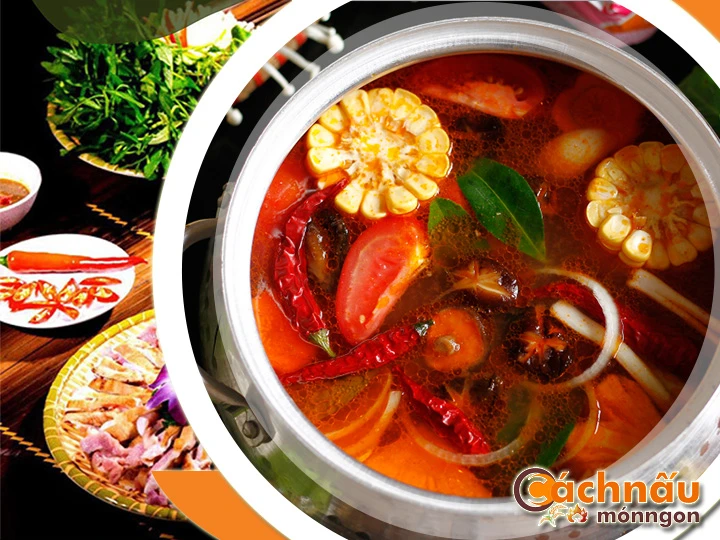This comprehensive guide explores all elements you need to understand about rabbit hot pot, from its culinary heritage to current adaptations, nutritional benefits, and step-by-step instructions for creating the ultimate plate at home. Whether you are a culinary expert or a novice cook, this guide will stimulate and assist you to refine your talent of rabbit hot pot.
Learn the Perfect Rabbit Hot Pot Guide to Enjoy - Lẩu thỏ
Hot pot rabbit, a delicious and culturally significant meal, has been beloved across various cuisines and regions for centuries.
This comprehensive guide explores all elements you need to understand about rabbit hot pot, from its culinary heritage to current adaptations, nutritional benefits, and step-by-step instructions for creating the ultimate plate at home. Whether you are a culinary expert or a novice cook, this guide will stimulate and assist you to refine your talent of rabbit hot pot.
A LEGACY AND CUSTOMS RELATED TO {BRAISED RABBIT DISH|HEARTY RABBIT MEAL|RABBIT HOT POT|RABBIT STEW|BUNNY CASSEROLE|RABBIT CUISINE|STEWED RABBIT
This comprehensive guide explores all elements you need to understand about rabbit hot pot, from its culinary heritage to current adaptations, nutritional benefits, and step-by-step instructions for creating the ultimate plate at home. Whether you are a culinary expert or a novice cook, this guide will stimulate and assist you to refine your talent of rabbit hot pot.
